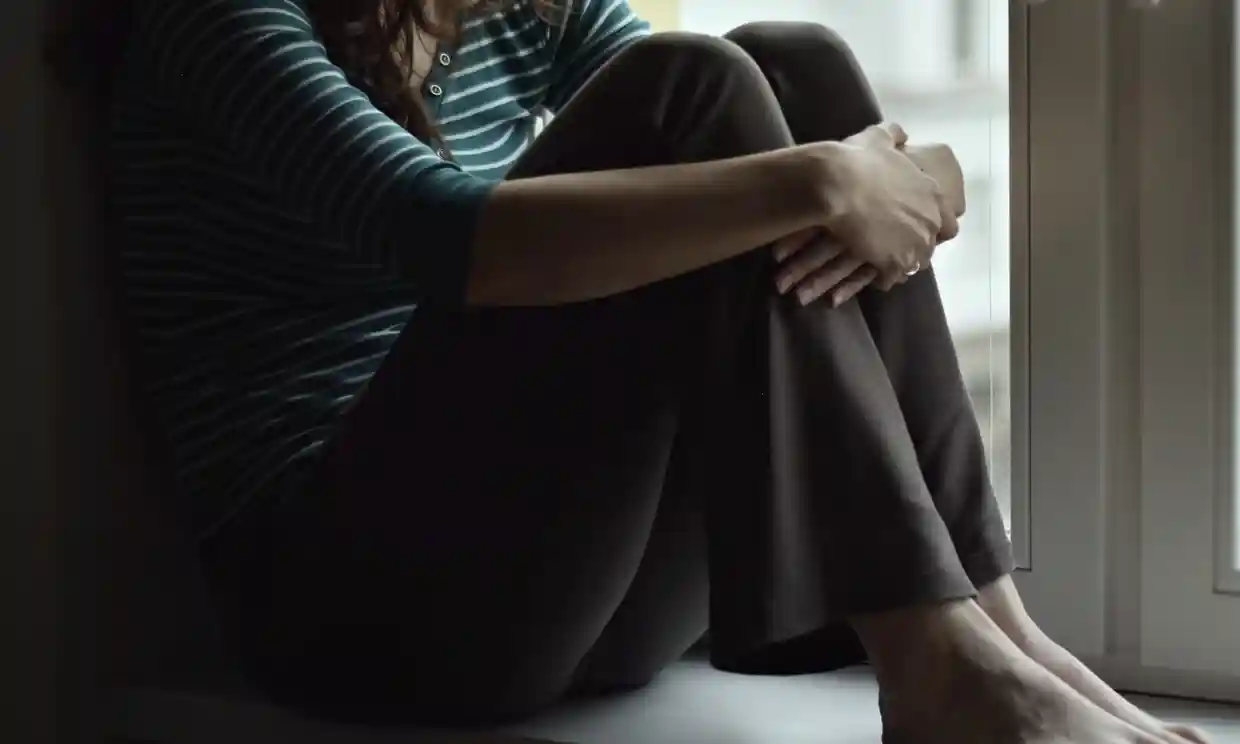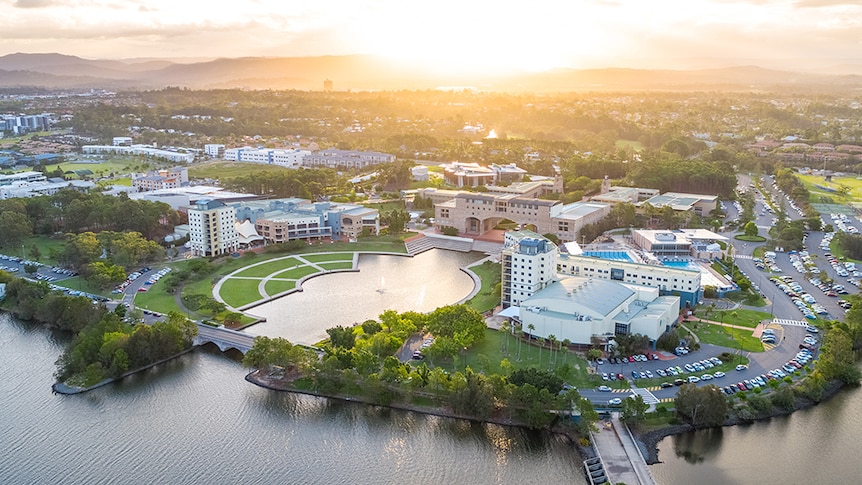CW: This post includes discussions of sexual assault and harassment which some readers might find distressing. If you need to reach out for help or support, contact 1800 RESPECT.
Every April, the world comes together to raise awareness towards sexual assault and violence, bringing forth what we can do to forward prevention efforts across the globe. Officially known as Sexual Assault Awareness Month (SAAM), the month is dedicated to promoting the importance of sexual consent and the understanding that it can be withdrawn at any time, comes from all parties involved and is never assumed.
None of this information is new. None of this information is unheard of or revolutionary. Everyone has a right to feel safe, comfortable and secure in their own communities.
Yet, the findings from the 2021 National Student Safety Survey, released in late March 2022, prove that sexual assault and harassment are still commonplace across Australian universities. In fact, the results show that one in 20 (4.5%) students have experienced sexual assault since commencing university. Additionally, the survey found that one in two students has experienced sexual harassment at least once during their life.

Queensland’s Bond University, the smallest university out of the thirty-nine surveyed, were shown to have the highest prevalence of sexual harassment and violence. Specifically, 13.2% of students reported being sexually assaulted since starting university. Even more disturbing is the fact that this number is three times the national average of sexual assault of 4.5%.

I’m angry, and you should be, too.
Professor John Dewar, Chair of Universities Australia, has declared these results of “distressing, disappointing and confronting”. He also claimed that the findings were unacceptable and demonstrate the absence of robust regulations necessary to ensure the safety and protection of students. The lack of disciplinary actions has resulted in students losing confidence in their universities.
We also know that these statistics understate the truth: the real number of sexual assault experiences is most likely much higher. This is because many may not even know what they have experienced constitutes assault or harassment, or are not comfortable disclosing or even acknowledging their assaults even if anonymous.
For many students, it’s an unsurprising and sad confirmation of what we all know. It has shown that the emotional, physical and psychological wellbeing has been neglected by universities towards the safety of students. A toxic culture exists where students feel targeted, vulnerable and silenced, and many silently grapple with feelings of trauma, pain and shame. Many may also feel like their trauma is not serious enough.
What needs to change?
These findings, while unsurprising, are greatly disturbing and distressing. It is beyond clear that more needs to be done to instigate the change necessary to consolidate safe university experiences within the community.
There needs to be primary prevention policies and action plans, chaired student representative committees, greater accessibility to reporting tools and implementing programs designed for bystanders to recognise sexual misconduct. Education on sexual assault and harassment (and what classifies as these) needs to be done earlier.
Ultimately, enough is enough. We need to provide a space for opening up important conversations surrounding sexual assault not just in April, but always. Students need to feel safe, protected and have access to their own voice and agency in the community.
Any level of sexual assault and violence is already too high.
